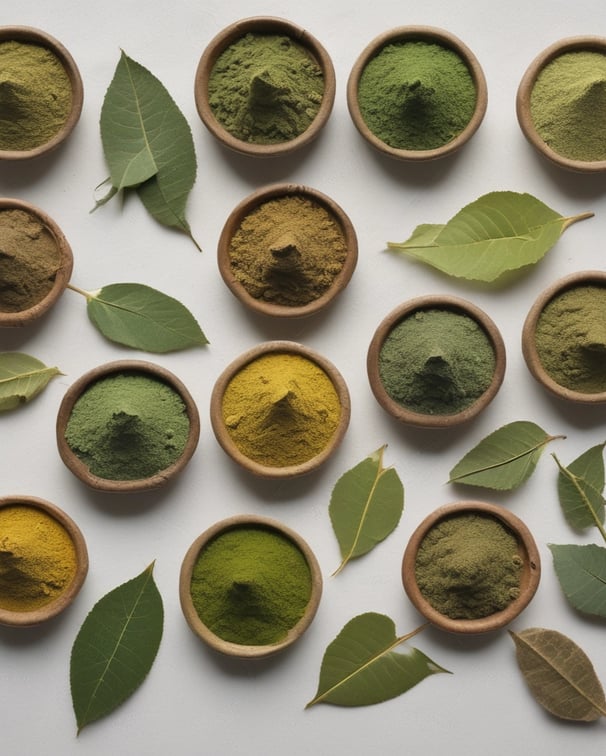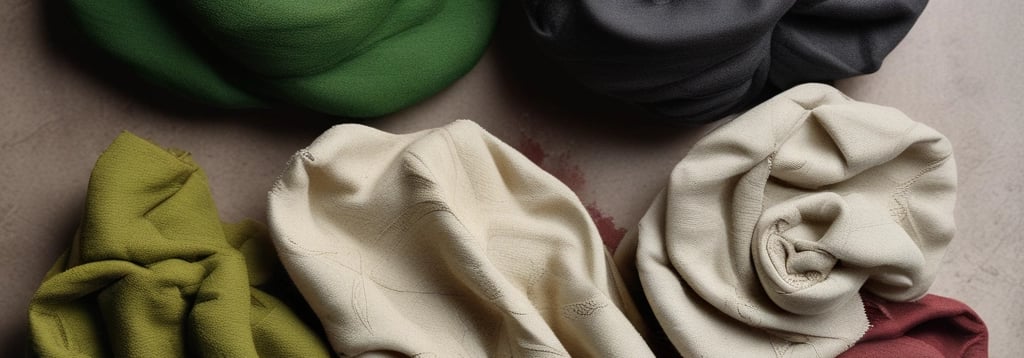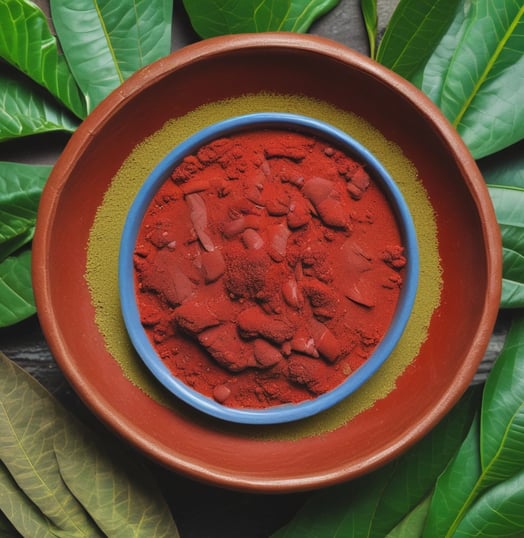Enjoy 20% off your first order!
Using Kratom as a Natural Dye
Kratom's natural properties make it a unique and eco-conscious option for adding rich, earthy hues to textiles and paper. This versatile plant opens doors to sustainable, creative dyeing methods while minimizing harm to the environment.
Introduction to Natural Dyeing with Kratom
In a world increasingly focused on sustainability, natural dyeing methods are making a remarkable comeback. Among these, kratom dyeing—utilizing the natural pigments of the kratom plant (Mitragyna speciosa)—has gained attention as an innovative and environmentally friendly approach to coloring fabrics and art materials.
Kratom powder offers a compelling alternative to synthetic dyes, providing vibrant, earthy tones that vary depending on the fabric type and dyeing process. Its compatibility with materials like cotton, wool, silk, linen, and even paper makes it a versatile choice for artisans and eco-conscious creators alike.


The Shift Toward Sustainable Dyeing Practices
With growing awareness of the ecological damage caused by synthetic dyes, more individuals and industries are turning to natural alternatives.
The Kratom Dyeing Process
Preparing the Kratom Dye Bath
Best Materials for Kratom Dyeing
Creating dyes from kratom powder involves simple steps that promote sustainability while delivering exceptional results.
To create a dye bath, kratom powder is simmered in water, releasing its natural pigments. This forms the foundation for dyeing textiles or paper, ensuring vibrant and lasting color.
Kratom dye works exceptionally well with natural fibers and materials. Each material interacts uniquely with the dye, offering diverse creative possibilities:


Cotton: A popular, versatile fabric that absorbs kratom dye effectively, producing soft or bold shades depending on preparation.
Silk: This protein-based fiber achieves a radiant, lustrous finish, highlighting kratom's natural hues.
Wool: Wool takes on rich, deep colors with kratom dye, though careful temperature management is needed to prevent damage.
Linen: Made from flax, linen absorbs dye well, producing subtle, earthy tones ideal for softer, natural aesthetics.
Paper: Paper made from natural fibers like cotton or hemp responds beautifully to kratom dye, offering earthy tones perfect for crafting unique stationery or artistic projects.
Best Materials for Kratom Dyeing
Enhancing the Dyeing Process
Pre-Treatment:
Scouring and mordanting textiles or paper enhance their ability to absorb dye, resulting in more vivid and durable colors.


Dye Concentration and Duration:
Higher dye concentrations and longer immersion times can deepen color saturation.
Dye Bath pH:
Adjusting the pH of the dye bath can subtly shift the color, offering varied tones and intensities.
To achieve the best results, consider these factors during kratom dyeing
The Benefits of
Kratom Dyeing
Exploring kratom as a natural dye unlocks creative opportunities while fostering sustainable practices. By using kratom, you can:
Reduce reliance on synthetic dyes.
Minimize environmental impact.
Enjoy the creative freedom of working with a versatile, plant-based colorant.
Kratom dyeing is more than just a method—it's a movement toward eco-conscious artistry. Whether you’re crafting textiles, designing unique stationery, or experimenting with natural art techniques, kratom offers a sustainable and inspiring alternative for dyeing projects.


contact or send us a message
Phone: +34 123 45 67 89
© 2025. All rights reserved.


Kratom powders
Kratom creative
free DOWNLOADS
legal information



